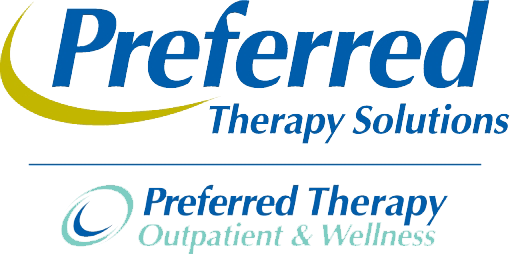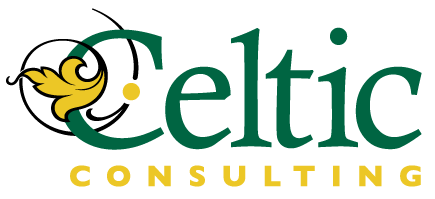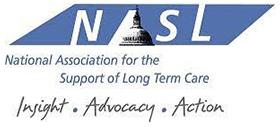Occupational vs. Physical Therapy: Which Can Help You Most?
June 21st, 2022
On the surface, occupational therapy and physical therapy seem incredibly similar. Both therapy types focus on rehabilitation, often for patients who are recovering from an injury or procedure. Therapists in both fields often work closely together, creating cohesive treatment plans for patients who require both services. And while there is a lot of overlap between the two fields, the most obvious difference is in the end goal. Put simply, physical therapy is meant to help you move, while occupational therapy is to help you do.
Physical Therapy
The goal of physical therapy is to help patients get back on their feet, sometimes literally! Physical therapists (PTs) are movement experts who focus on reducing pain, restoring movement, and improving gross motor skills in the patients they work with. Physical therapy also focuses on building strength to prevent a similar injury from occurring in the future.
PTs not only do hands-on work with their patients, but they also provide emotional support! Most therapists understand the emotional toll an injury can have on a person, and they often become cheerleaders for their patients, encouraging them and applauding them every step of the way. One of the aims of physical therapy is to give patients independence and strength to follow through with rehabilitation after their treatments have ended.
Occupational Therapy
The goal of occupational therapy is to help patients perform tasks that they need or want to accomplish. Occupational therapists (OTs) do this by adaptation. In most cases, the activity, environment, or patient's skills will need to be modified to accomplish tasks that may seem mundane to a person in relatively good health. OTs often help patients to improve their fine motor skills after neurological damage or after an injury.
When developing treatment plans, OTs take the whole person into account and consider how their environment, emotional state, and physical limitations will affect their participation in activities. Occupational therapy aims to give patients independence as they learn to navigate daily tasks in a way that works for them.
A Practical Approach to Rehabilitation
Uh-oh-- you've broken your hand! A doctor examines you and determines that you have not only broken a few bones, but you also have nerve damage. After the initial healing stages are complete, she refers you to physical and occupational therapists.
Your physical therapist is sorry to hear that you hurt your hand, but confident that you can regain strength! They determine your current range of motion and then demonstrate exercises you can do to start improving your strength. You keep doing your exercises at home and you feel your strength improving. But you're still having a hard time making your fingers fully cooperate with you-- that pesky nerve damage has done a number on them!
Your occupational therapist hears your concerns and is ready for battle. They start with something simple: brushing your teeth. You're finding it difficult to hold a toothbrush and move it across your teeth, so they help you modify the activity to something you can accomplish. You know you still have a long way to go, but you're already feeling way more confident about keeping up with your regular routine.
Both physical and occupational therapy can be crucial to helping patients recover fully from injuries. If you've been referred for therapy, check out Preferred Therapy Outpatient and Wellness of Bethel. Our team is ready to work with you!
The post Occupational vs. Physical Therapy: Which Can Help You Most? appeared first on Preferred Therapy Solutions.
















